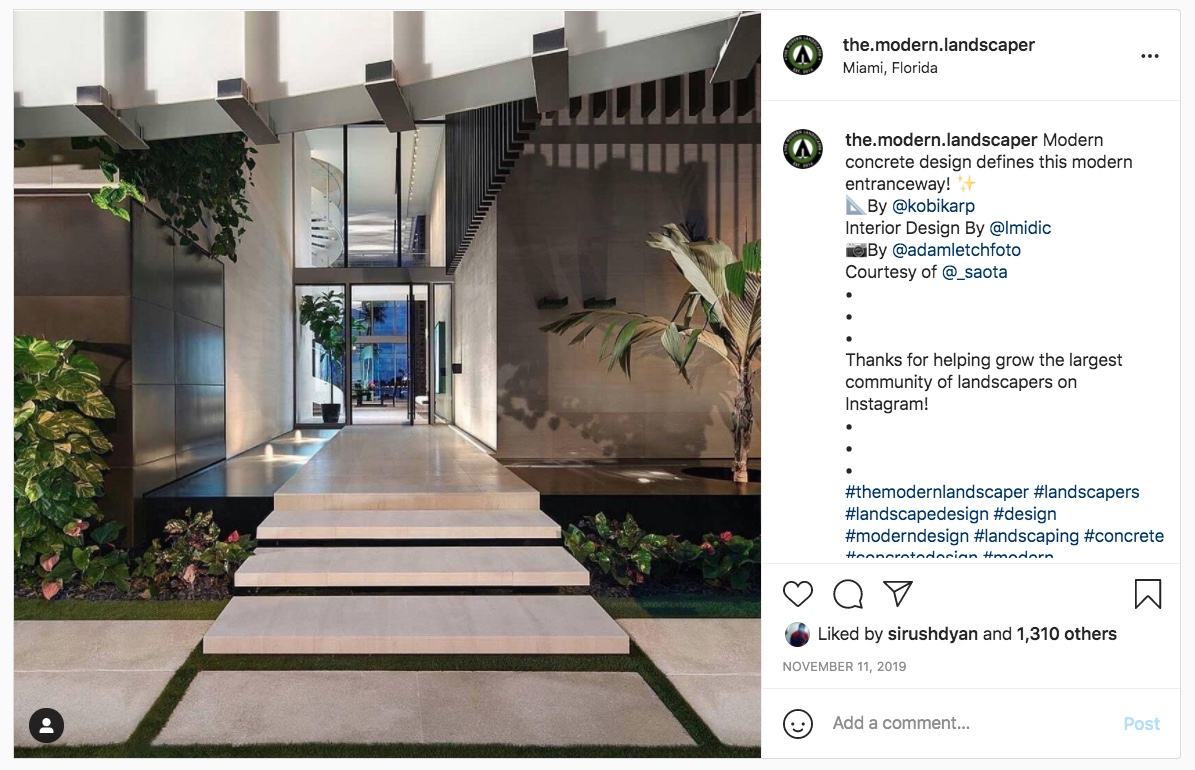All decked out: The top 5 timber patio alternatives
No timber? No worries! Adelaide-based landscaping experts share timber substitutes that will make your home stand out.
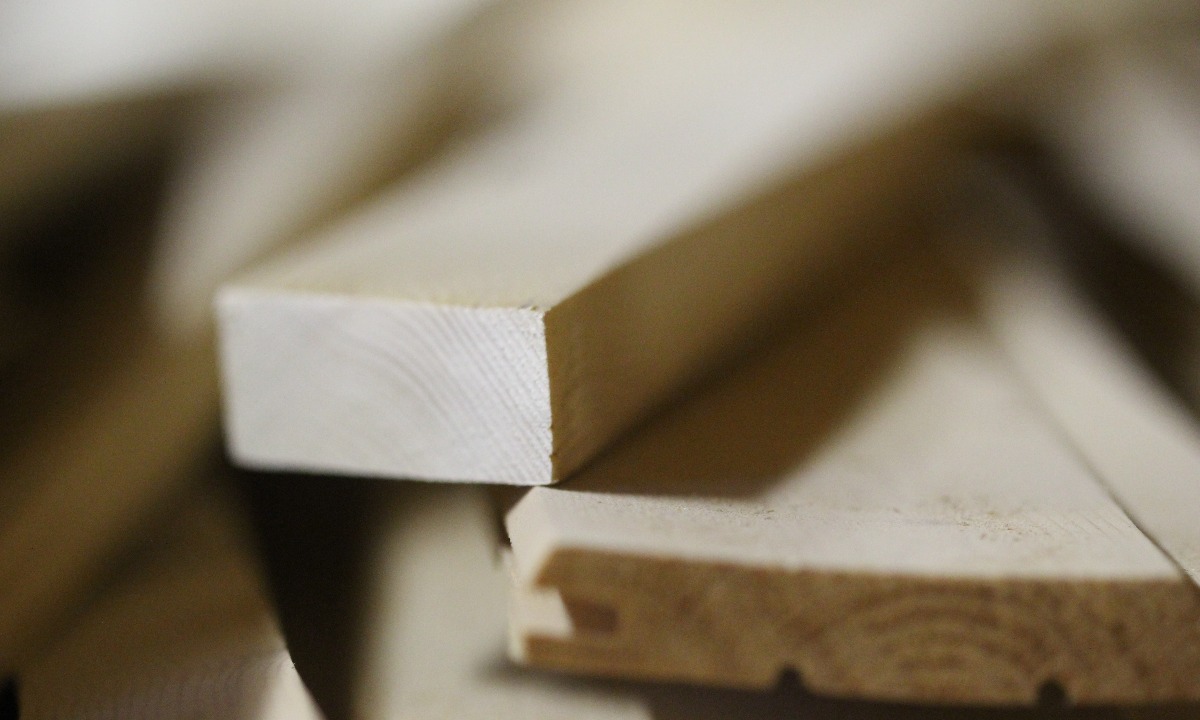
As the building boom and an unpredictable timber supply are driving a nationwide timber shortage, the dream of getting a new timber deck installed by summer might remain a dream for some.
Catnik Design Studio Owner and Landscape Designer Cathy Apps says now keen home builders and renovators are thinking laterally about their deck’s design.
“Everything in terms of construction is really difficult at the moment, so there’s a timber shortage for general construction, so that’s timber framing, but it’s also decking,” says Cathy.
“We’re now having to rethink some designs because we can’t get certain products.”
Cathy and other landscape designers share some of their favourite decking alternatives to help you create the perfect outdoor area:
Composite timber
Often one of the biggest pitfalls of timber decking is the maintenance required.
As a composite timber requires no oiling or staining, Cathy says it has made a name for itself as a good, low maintenance alternative.
“There are composite timber and plastic blends that have the shapes of timber in them, so the lines and striations are the same, and it has the same look and kind of feel as timber does,” says Cathy.
“It is UV stabilized, so the colours don’t change and there’s also other alternatives along the same line.”
Cathy recommends ModWood as it hides otherwise visible screws and won’t leech around swimming pools.
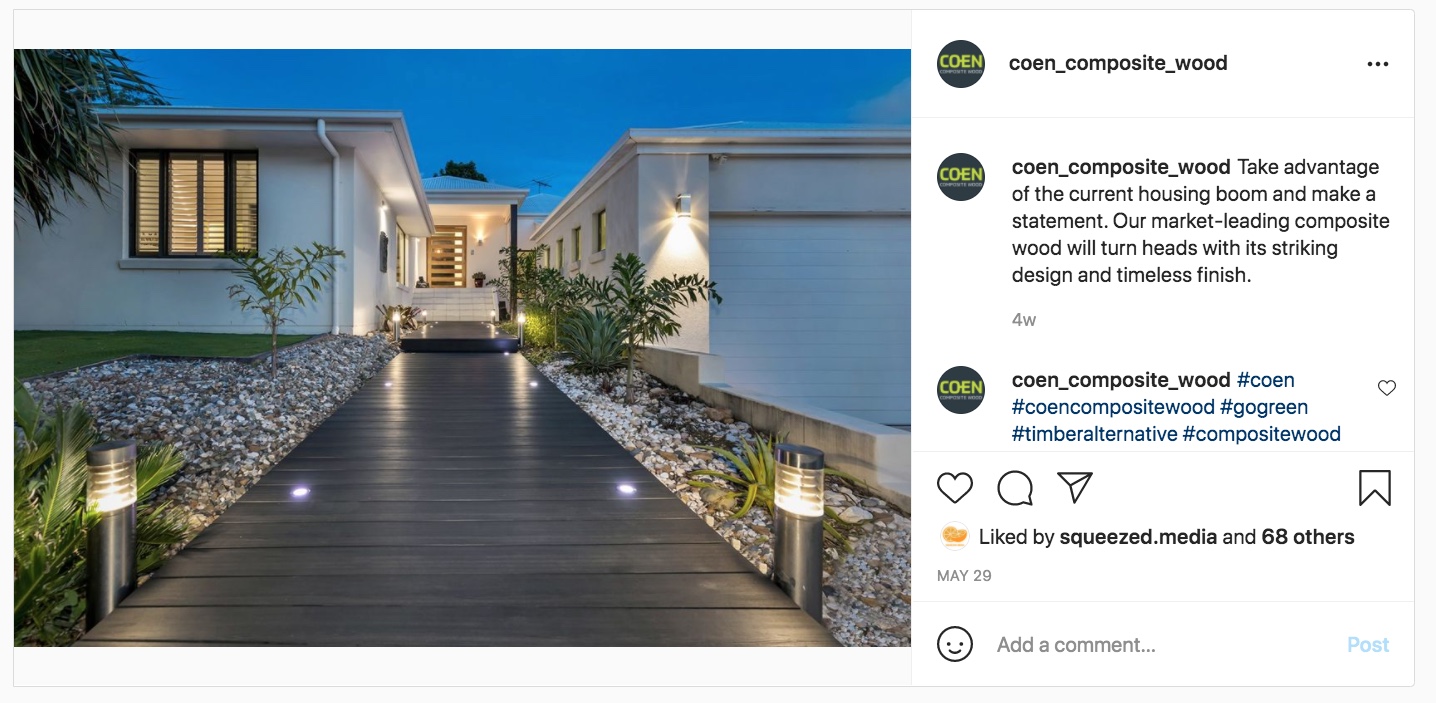
Tiles
Director of Yardstick Landscape Services Peter Adley says homes located on a grade need a retaining wall for non-timber decks.
While this can result in more planning, a retaining wall will give you more freedom with decking materials, starting with tiles.
Peter says you can use any non-slip floor tile over fibre cement boards or a concrete block.
“Tile decking is really just about making floating floor and at that point, floor tiles of any kind can be used,” says Peter.
For a timeless tiled look, slate, natural stone and marble all make for stylish decking.
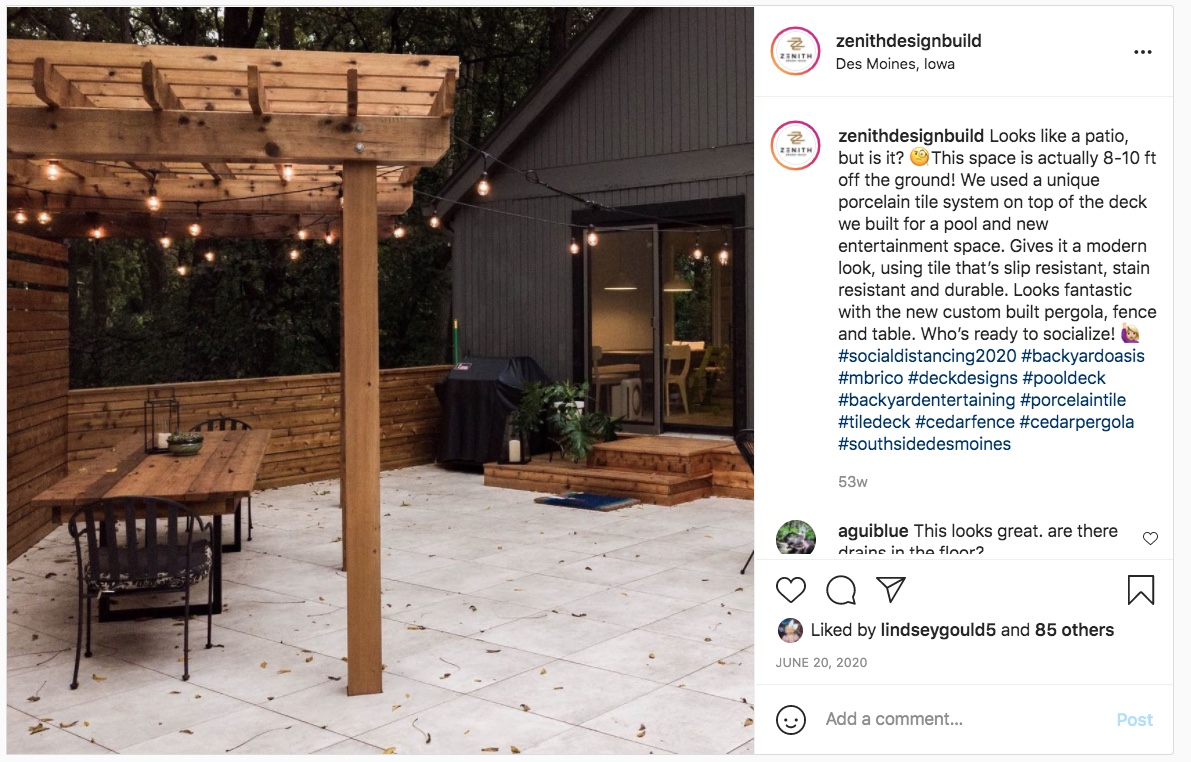
Gravel
Peter says compacted gravel is one of the most affordable decking materials and can work wonders in relaxed outdoor areas when combined with pavers.
“Gravel can be somewhere quite classic, like a period home but it’s also suitable for modern homes, particularly those in coastal locations,” says Peter.
“Gravel size ranges from larger gravel, typically found on pedestrian access paths, up to what is called crushed fines which is more granular.”
Though it can be a simple yet stylish addition, gravel can be messy and you shouldn’t place it too close to the home or in backyards with dogs.
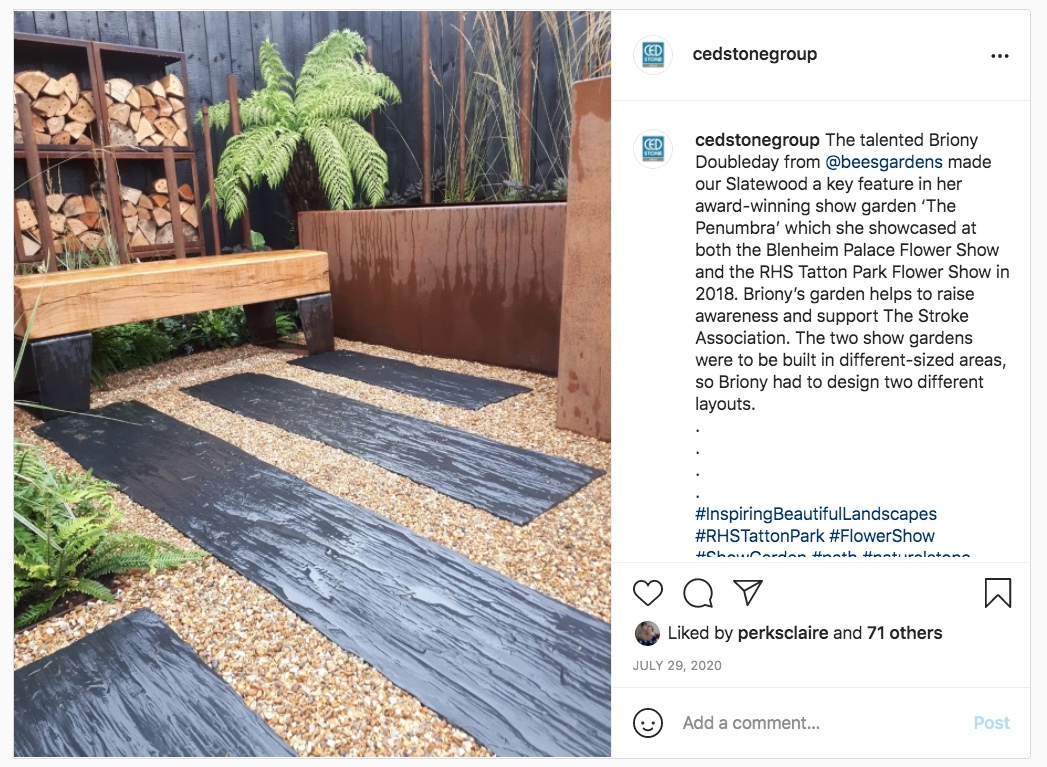
Timber-look tile
If you don’t want to forgo the timber look and want a more affordable alternative to composite decking, Sphere Landscape Design & Horticultural Services Director Kylie Hutt says fibre cement sheeting with a timber-look tile is a go-to.
Much like timber floor tiles you find inside the home, these tiles offer the luxury look of timber but are easier to clean and maintain.
If you still want a natural timber element in your backyard, Kylie offers the following advice:
“Perhaps look at bringing in the warmth of timber to the garden space by using timber features, such as furniture and timber-look screening,” says Kylie.
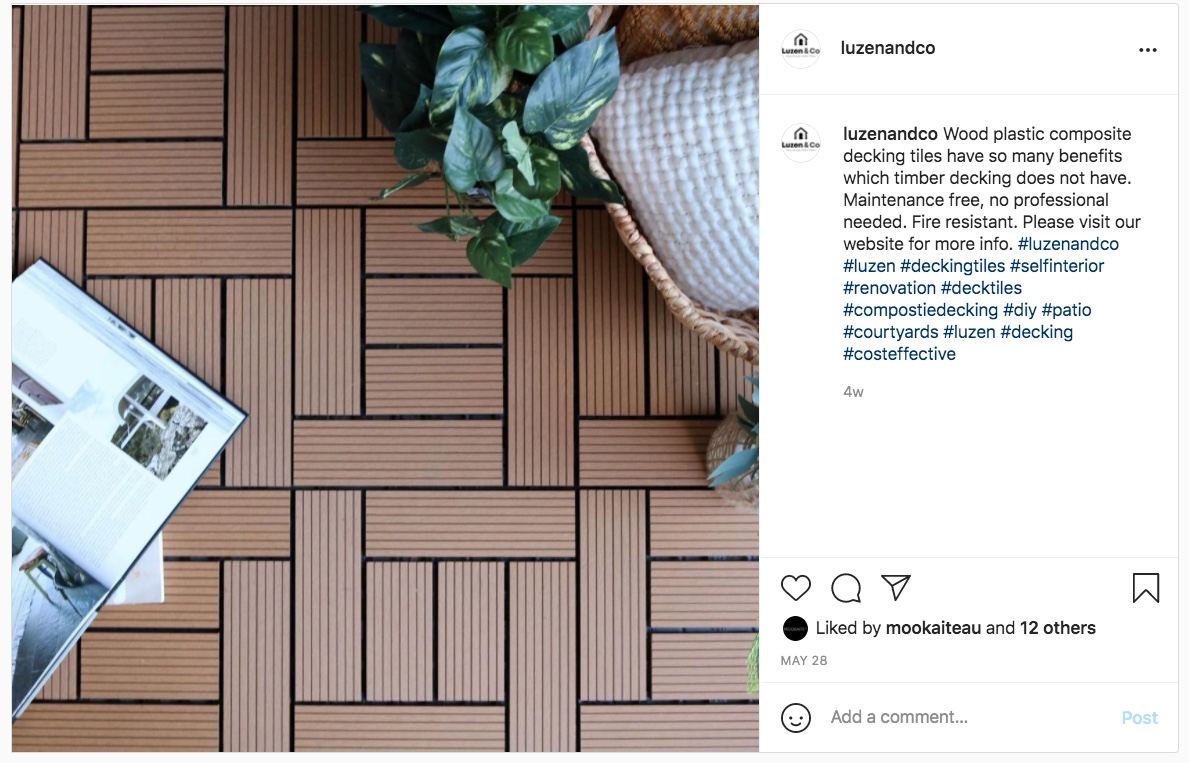
Concrete
If you need a no-fuss deck, Peter and Kylie agree that concrete is a good alternative.
Peter says concrete decking looks best against a modern home and while decking concrete comes in polished and honed varieties, the two are suitable for different types of homes.
If your deck isn’t undercover and will fall victim to wet weather, a high polish is likely to become slippery and dangerous.
If you’re after the classic look of concrete but have an exposed deck, honed concrete offers a safer alternative.
